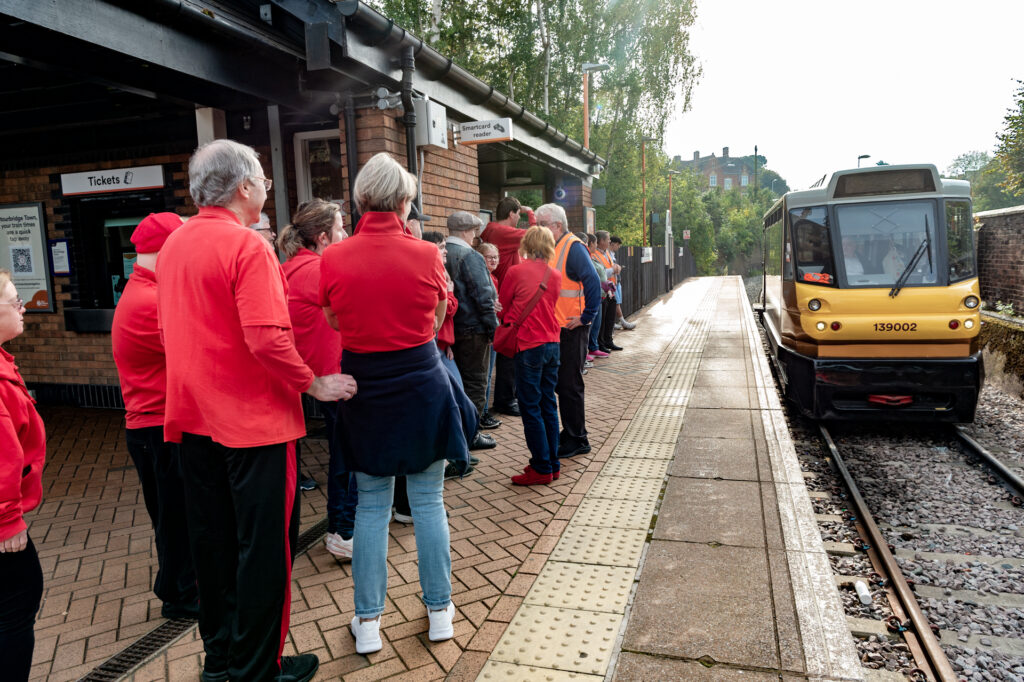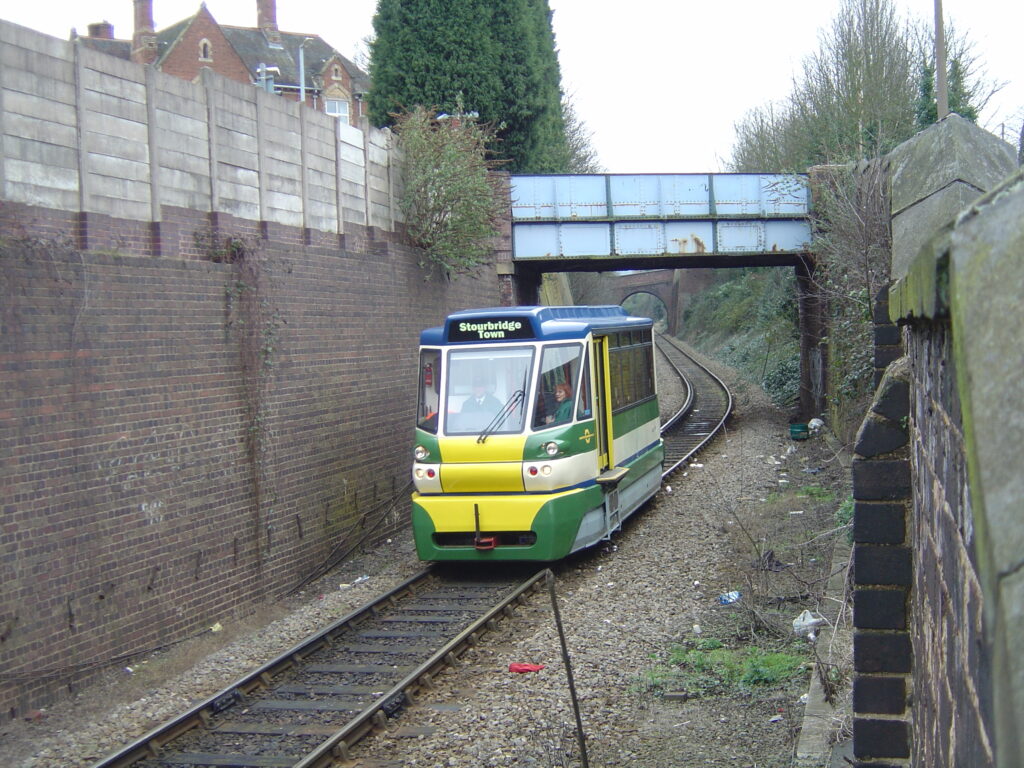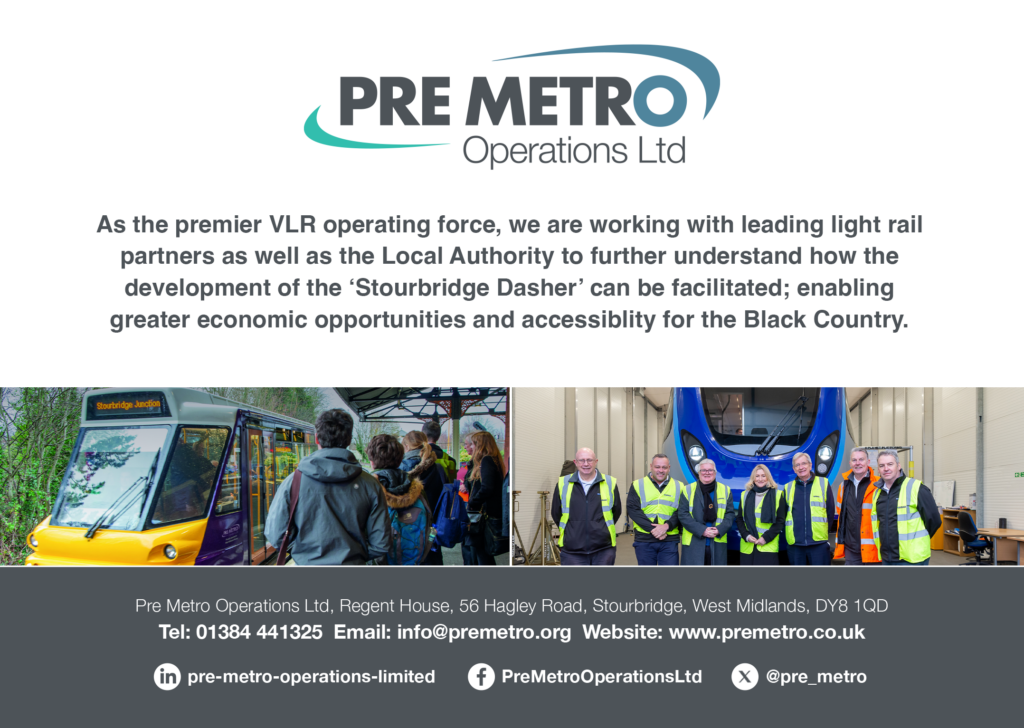In recent years, the escalating costs of light rail projects have prompted urban planners and policymakers to re-evaluate transport infrastructure strategies. One emerging approach is leveraging existing heavy rail infrastructure, which potentially offers significant value for money alongside other benefits of using established heavy rail routes or mothballed branch lines.
Increased light rail costs in the UK are understandably preventing the expansion of the tram network, begging the question as to why light rail in the UK costs close to 300% more than the current worldwide average. It is true that scheme cost reporting and political controls do have an impact on project costs and make precise comparison difficult, but even when you normalise the cost of utility diversions, poor procurement, and planner bureaucracy, it still costs at least double to build a light rail project in the UK when compared to average global costs.

Affordable growth
Inflationary impacts and Covid-based delays, along with the UK preference for ‘developing a place’ (refurbishing the whole street or area as opposed to the track width), have all been cited as reasons why UK schemes are more costly, but in truth the work scope and specifications are similar in many countries, so why the huge variance?
Apparently, no one knows, so it should be no surprise that urban light rail schemes stand a far greater chance of being built abroad than here in the UK. This lack of financial control or accountability should not be ignored, we must ask and keep asking the question: how can we support patronage growth more affordably and effectively?
Utilising existing heavy rail infrastructure presents several advantages. Foremost, it can lead to substantial cost savings. Retrofitting, repurposing, or upgrading heavy rail lines eliminates the need for extensive new construction, thereby reducing material and labour costs. Time efficiency is another critical benefit; existing tracks and stations can be adapted much quicker than building from scratch, accelerating project timelines.
Stourbridge Shuttle
A notable example of innovative railway use in the UK is the Stourbridge Shuttle. This ‘Very Light Rail’ service operates on the short, Stourbridge branch line using a light, energy-efficient railcar, and has carried more than seven million passengers since operations began in 2009. The Stourbridge Shuttle is renowned for its low operational costs and energy efficiency, thanks to its unique use of a Class 139 Parry People Mover, a vehicle much lighter than conventional trains. This approach exemplifies how adapting existing rail infrastructure for lighter, more cost-effective vehicles can result in substantial savings.

It also highlights the potential for increased frequency of services and reduced environmental impact. The Stourbridge model demonstrates how small-scale adaptations in rail systems can lead to significant operational efficiencies and sustainability benefits. By focusing on practical and local solutions, it provides a compelling case for rethinking urban rail transport strategies.
Moreover, repurposing heavy rail infrastructure aligns with sustainable development goals. It minimises land use and reduces environmental impacts associated with new construction. This approach also leverages the established connectivity of heavy rail systems, enhancing the accessibility and reach of public transportation networks.
Oswestry-Gobowen, March-Wisbech, Walsall-Lichfield; all are key examples that could utilise Light Rail rolling stock to provide an economic and efficient solution to local transport demands in a short-term time frame. If route extensions are required and patronage is over-subscribed in 10 to 20 years, then upgrade the line to traditional light rail, tram-train, or even a heavy rail system at a later date, when patronage and demand have been not only proven but also developed.
With light rail projects facing escalating costs, utilising our existing railway infrastructure offers a cost-effective and necessary alternative. Urban planners and policymakers should consider this approach to maximise value for money, ensuring sustainable, efficient, and financially viable public transportation solutions.
Image credit: Pre Metro Operations


